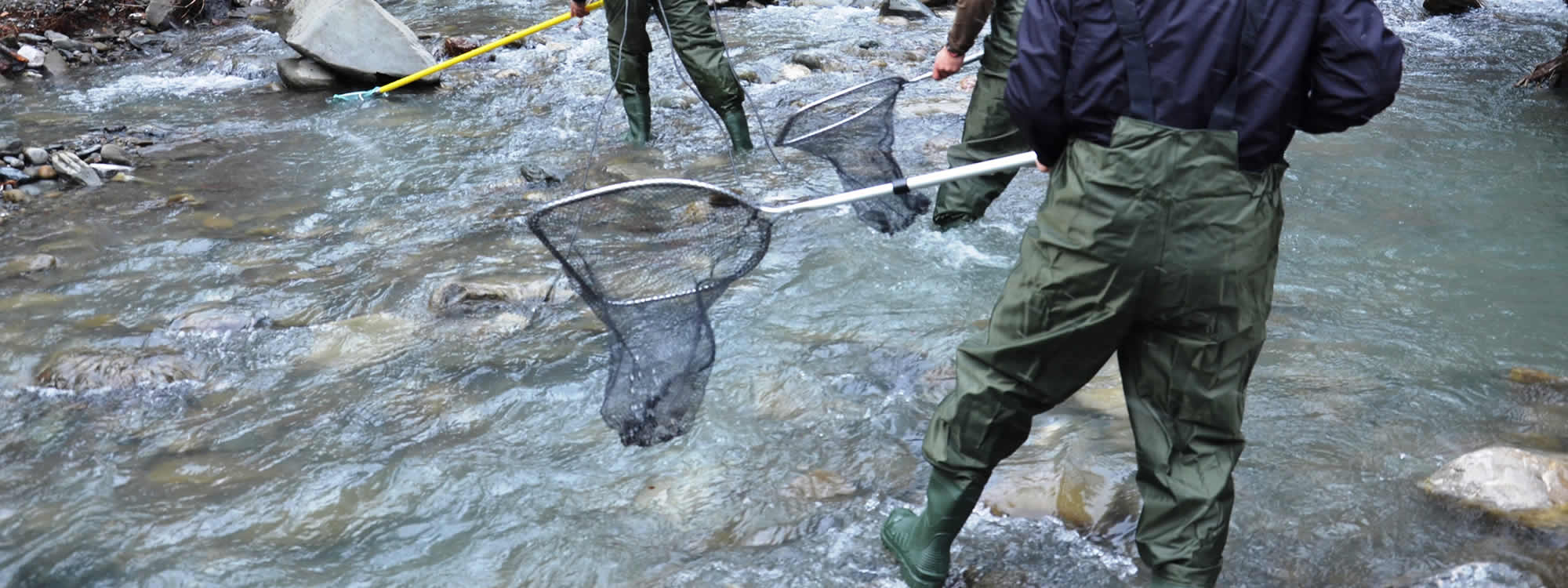Scientific monitoring and data collection in the Protected Areas (PA) is a fundamental prerequisite of sustainable environmental management for the preservation of habitats and endangered species (flora and fauna). The scientific monitoring carried out periodically and systematically aims to preserve the ecological values of a Protected Area and also to periodically evaluate management measures which are being implemented by the Management Agency in accordance with a predetermined and desired Management Plan that brings together all of the purposes for Protected Areas.
Thus, orthological correction of errors, additional measures, even cancellation of inefficient measures may be deemed appropriate, with the necessary information and participation of all interested parties, within the borders of the Protected Area. Monitoring programs include evaluation of threats to habitats and species, which may be exercised by human activities.
The recording of data on population changes in plants and animals which are under Protection/Preservation status, the analysis of their spatial and temporal distribution, the evaluation of factors which may lead to population loss is the basis of scientific monitoring.
Since 2013, the Management Agency of the Northen Pindos National park began an ambitious monitoring program with its own scientific staff and a collaboration of specialists. This scientific monitoring Program is sponsored by the National Stronger Regions Fund (2007-2013) through Action 3, the Sub-project 1: “Actions for the protection and conservation of biodiversity” and fits into Transaction Processing Data Sheet: “Preservation and protection of biodiversity of North Pindos National Park” and involves 3 different objects of scientific monitoring:
- The wild goat (Rupicapra rupicapra balcanica),
- The European otter (Lutra lutra) and
- The fish wildlife of the area (salmo macrostigma, cobitis taenia, Barbus spp. and other) and the plant species of Directive 92/43 (Artemisia eriantha, Buxbaumia viridis, Botrychium simplex, Ramonda serbica, Solenanthus albanicus,Gentiana lutea).
The aim is to draw conclusions and interpret the scientific monitoring results—measured over a period of approximately 2 years—and use this knowledge to further promote the expertise within the scientific personnel of the Management Agency in order to carry out future monitoring programs.
The wild goat and the European otter are emblematic and protected species for the Protected Area of the Northern Pindos National Park, while the presence and assessment of fish species is a strong biological indicator of conservation of surface waters within the Protected Area.





